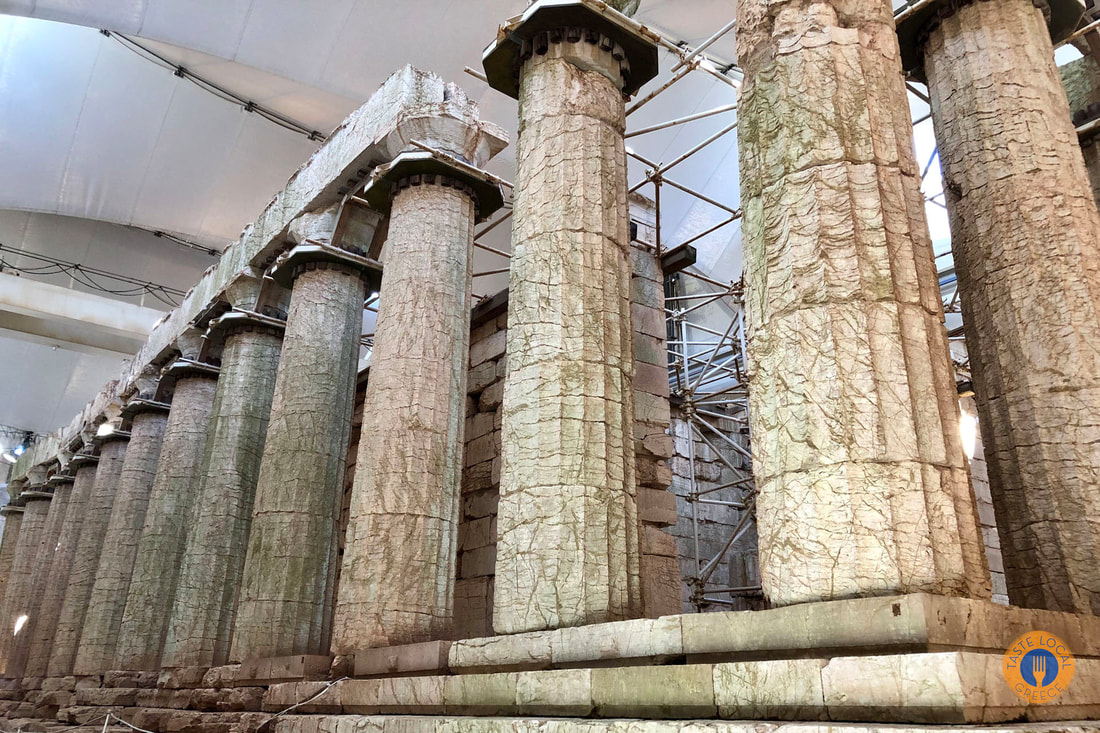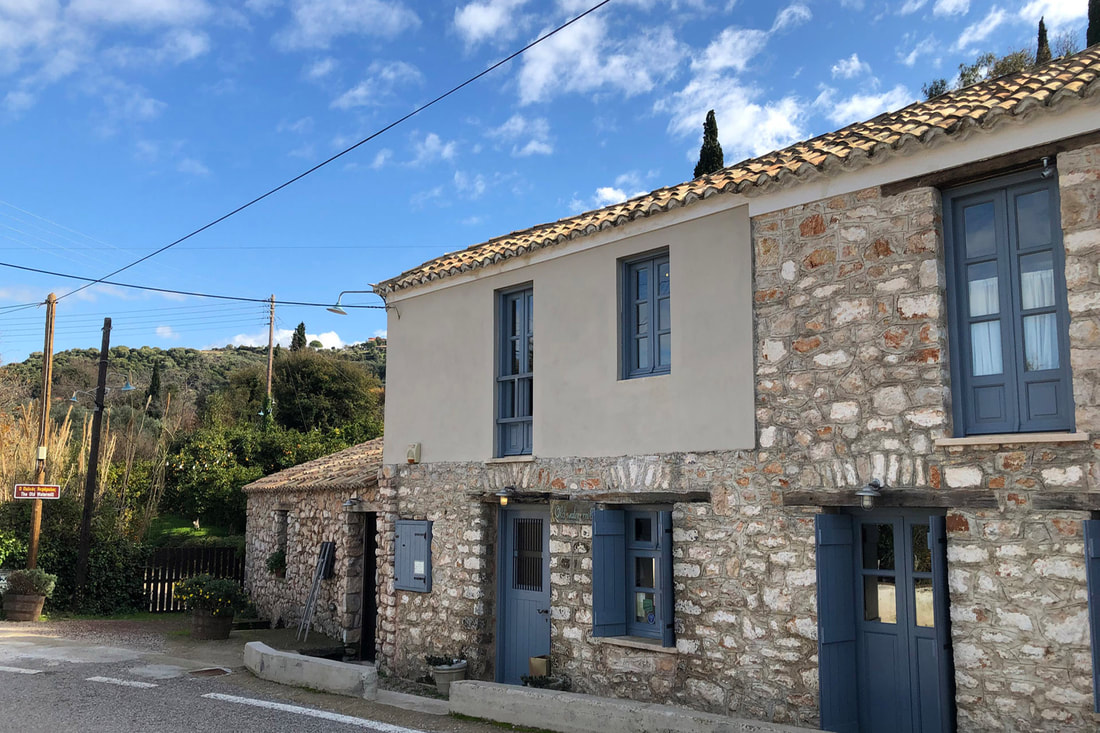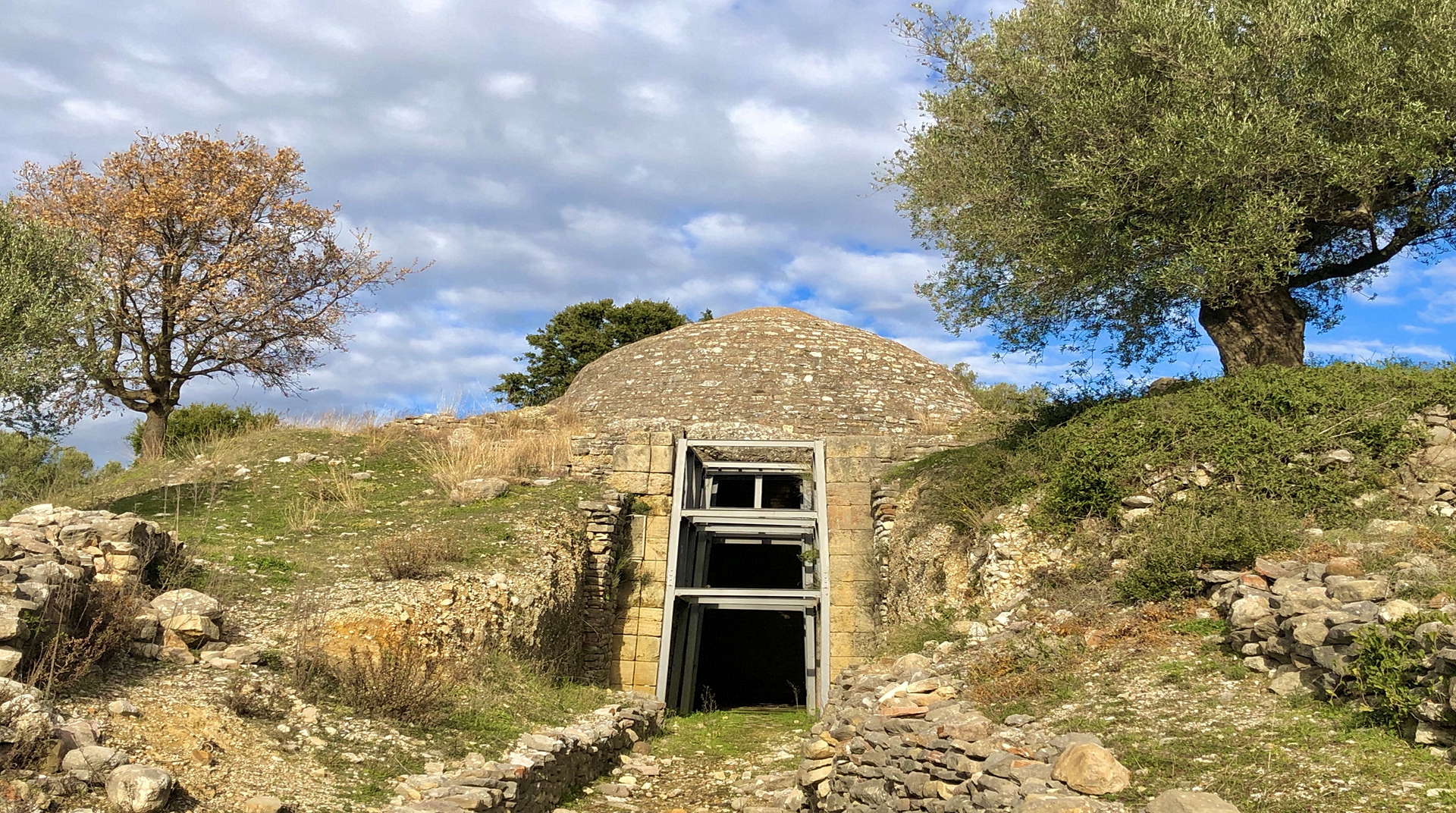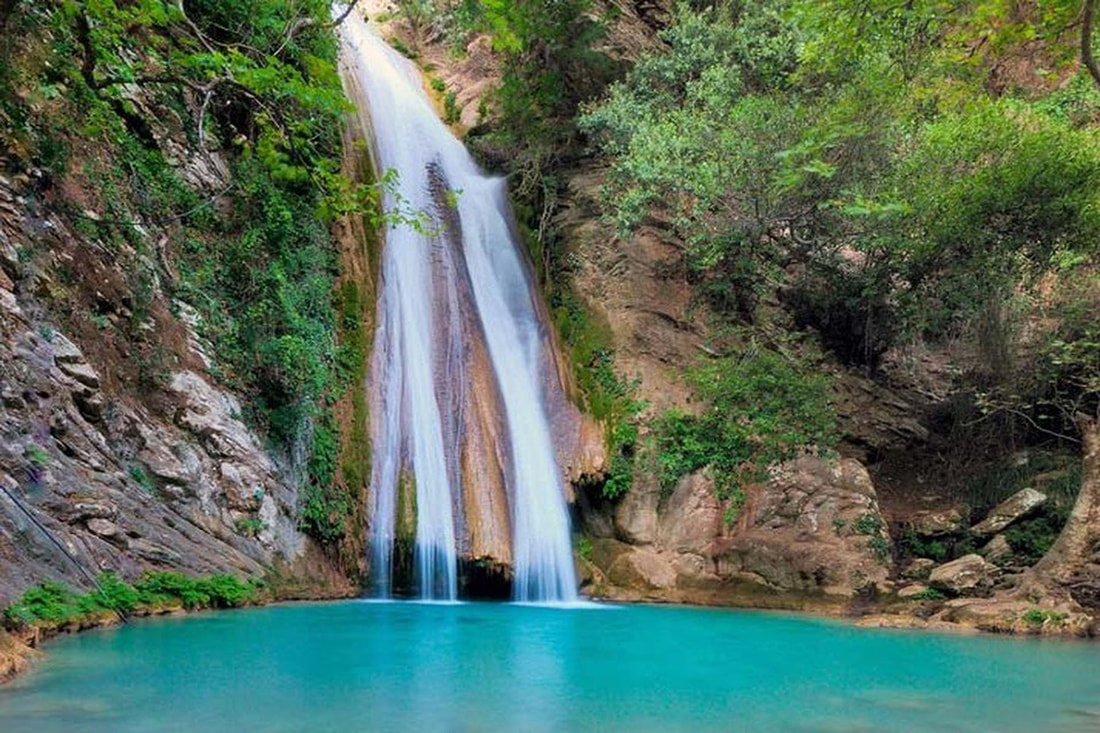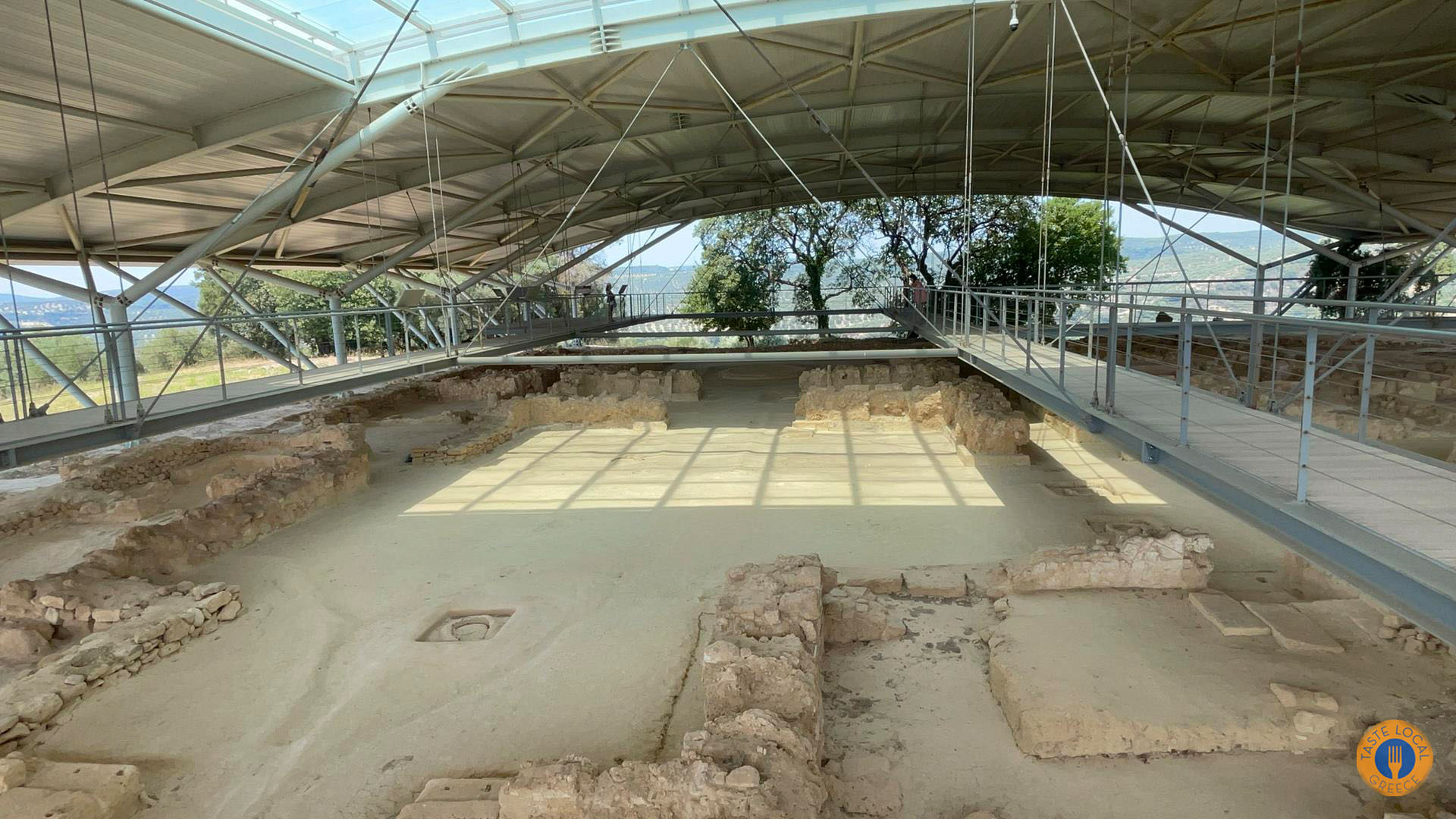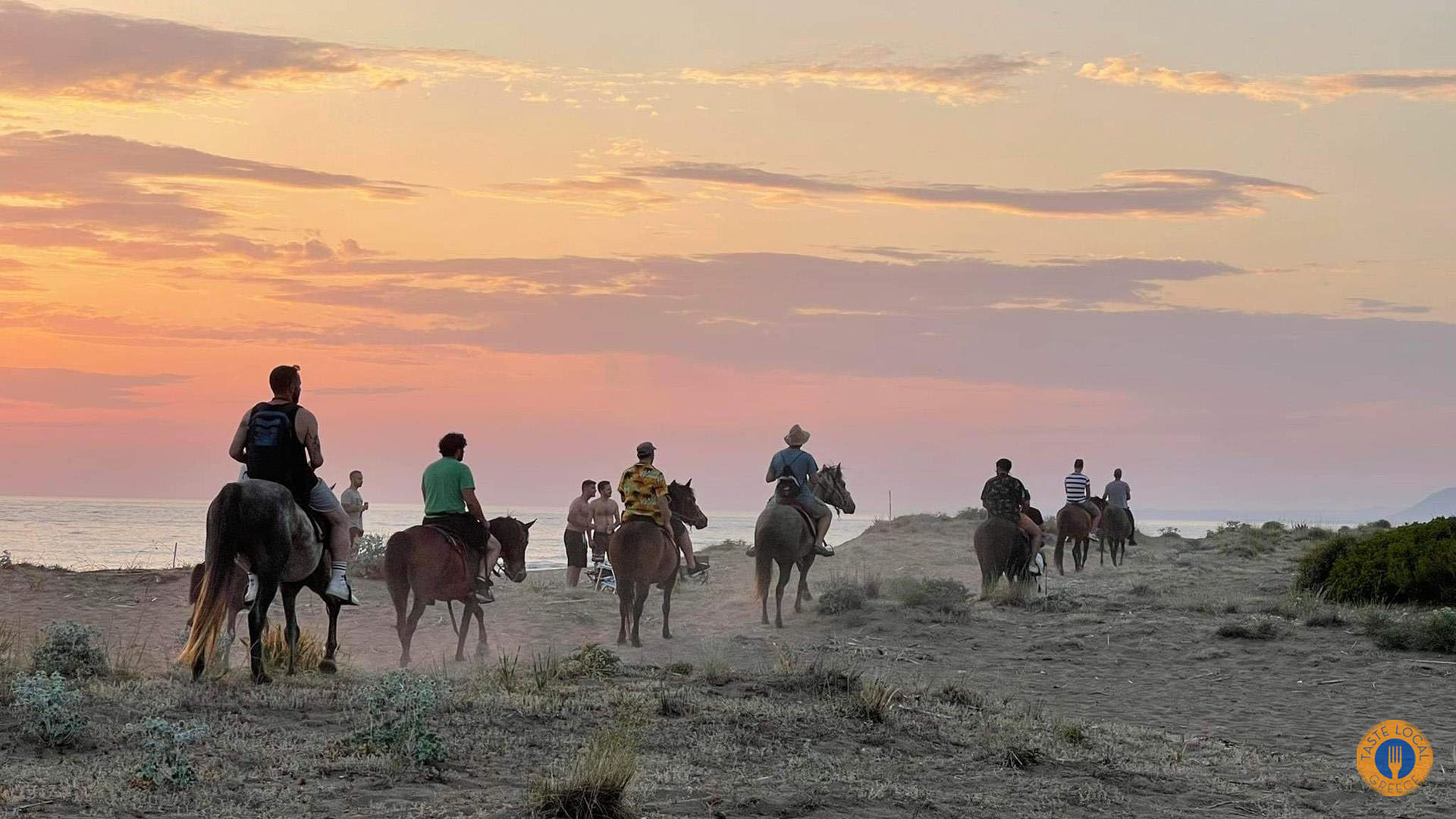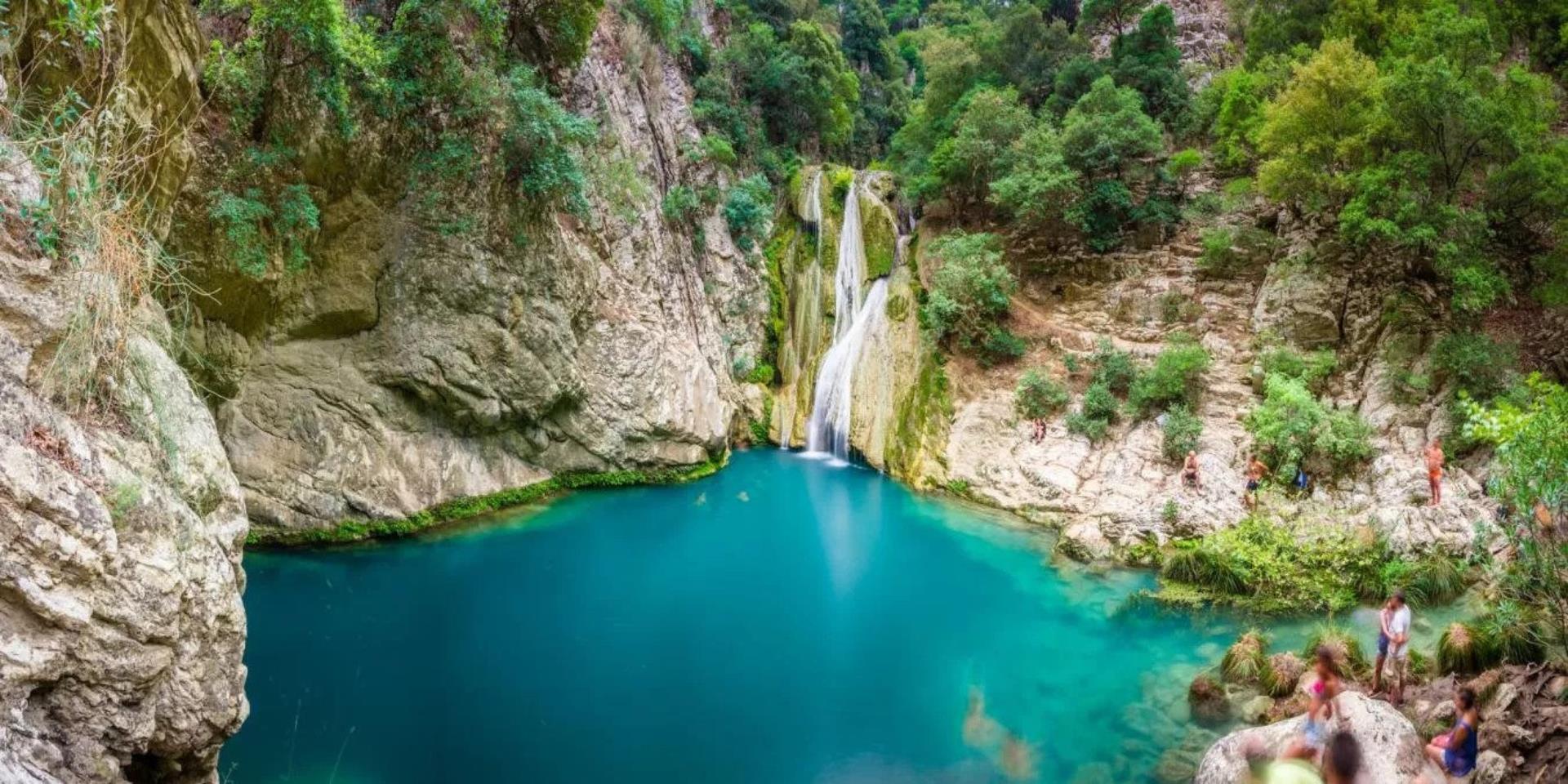The decision to take a journey of unique beauty and value to the Temple of Apollo Epicurius at Bassae in Figaleia will reward you completely.
The Temple of Apollo Epicurius stands at the heart of the Peloponnese, on Mount Kotilion, at an altitude of 1,130 meters.
High up there, where the regions of Ilia, Arcadia, and Messinia meet.
You can reach it either through mountainous Arcadia via Andritsaina, or by beginning your ascent from Kalo Nero, just outside Kyparissia.
After Kalo Nero, at Tholo, you turn right toward Nea Figaleia, along the provincial road that connects the Ionian coast with Andritsaina.
The wild nature, with its rivers and waterfalls, and the mountain’s spellbinding aura instantly capture your soul.
Yet a persistent question kept echoing in my mind, refusing to leave me in peace.
Why there, at the very peak of the mountain, in the middle of nowhere?
How did they reach it back then? How did they build it? With what tools, how much time, and by what strength?
So many questions still remain unanswered.
For years, I had read about its rumored rotation, about its grandeur, its beauty, its remarkable state of preservation, and its unique architecture.
And finally, the moment for the visit had come. Since I was in my homeland, I made the decision: it was time.
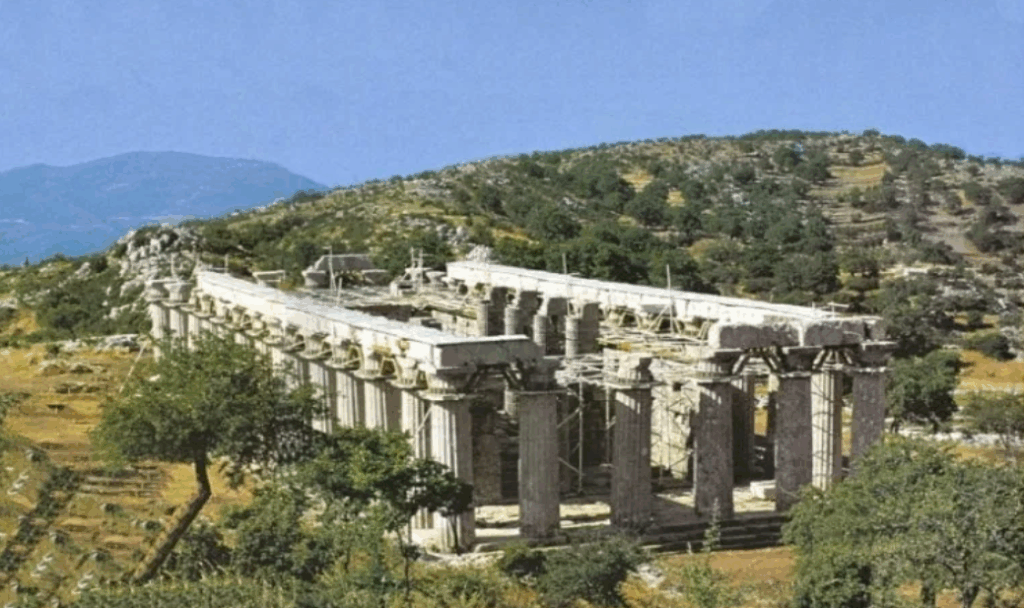
The Journey
The sunrise was magnificent that winter morning, seen from the “Upper Town.”
It was the end of February, and the heavy snows had melted just enough to allow the journey into the highlands.
A mysterious play of colors danced across the clouds above Kyparissia, from where I set off on the road toward a unique, almost mystical destination.
The path led me to the very heart of the Peloponnese, to Mount Kotylion.
There, at 1,130 meters above sea level — where the borders of Elis, Arcadia, and Messenia meet — stands the Temple of Apollo Epicurius at Bassae, a place of breathtaking beauty and timeless mystery.
So we began to climb, leaving behind Kyparissia — the land where many generations of my father’s family had lived — bound for the heights, toward history, myth, and the divine.
We would reach the Temple, and later descend into the valley of the River Neda.
There, we would come face to face with its famous waterfalls — especially spectacular at this time of year, when the waters rush with full force.
Later on, in my search, I discovered a breathtaking panoramic drone photograph by the Peloponnesian photographer Nikos Tsiak. It captured the valley in all its glory — the river winding through the landscape like a silver ribbon, the waterfalls cascading into hidden pools, a scene that felt untouched by time.
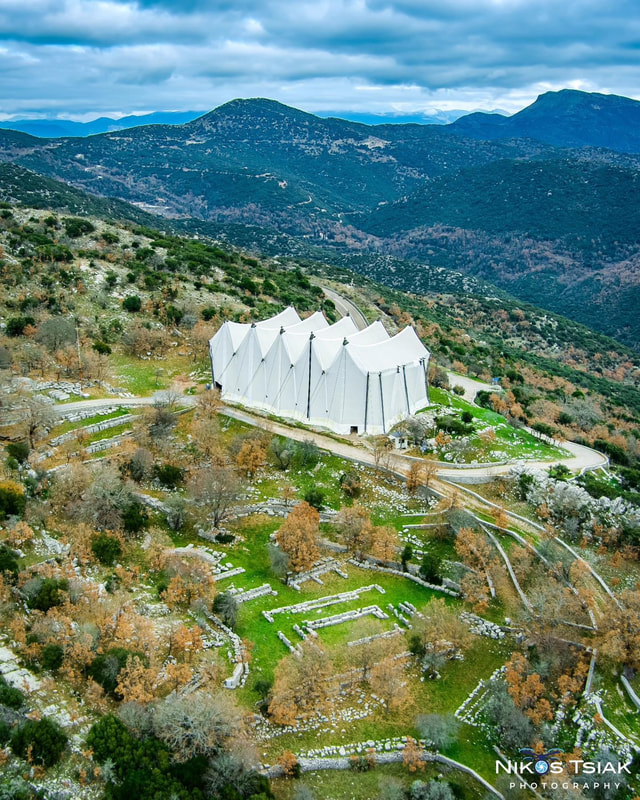
The route
Climbing up from Kyparissia toward Pyrgos, after the village of Kalo Nero at Tholo, we turn right toward Nea Figaleia, following the provincial road that connects the Ionian coast with Andritsaina.
The landscape is enchanting — rolling hills, green slopes, small mountains covered with cypresses and olive trees.
Olives, olives, and more olives, as far as the eye can see.
Every valley, every hillside, blanketed with olive groves clinging even to the steepest, most improbable places.
I have always wondered: how much effort, how many hands, how much time does it take each year?
How many people does it take for the harvest of this unique fruit, for the pruning, and for the endless care of all these trees…
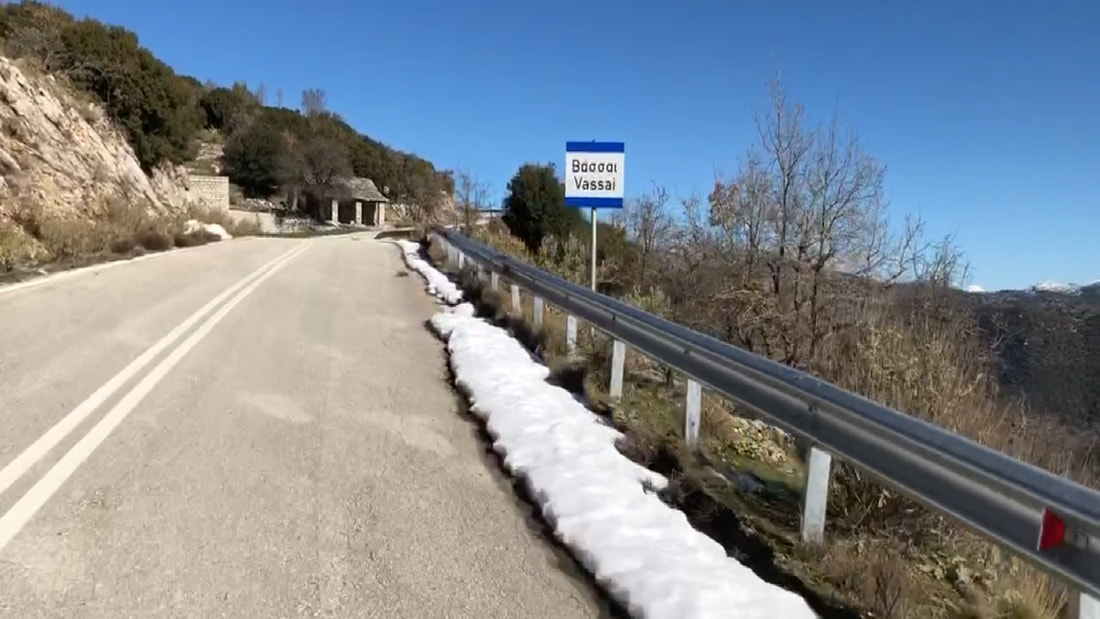
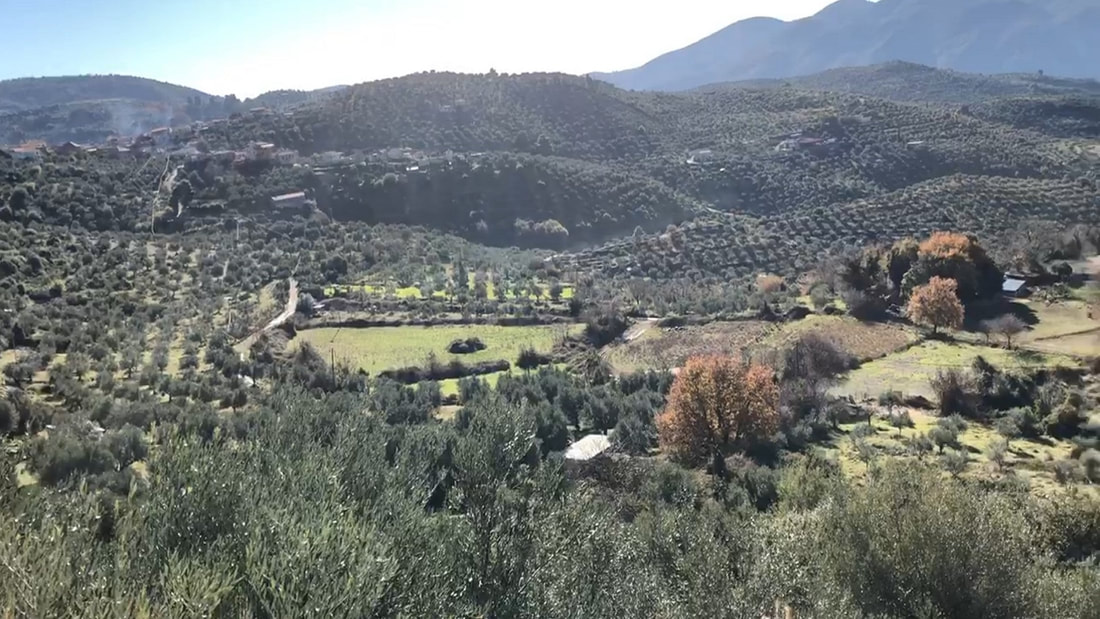
The temple
The very first sight of it is accompanied by an involuntary “Ohhh!” — and a shiver runs through my body.
I step inside the great shelter that now protects the temple from decay, and instinctively my voice lowers, subdued by its beauty. Words become minimal, careful — as if not to overpower the image before me.
I close my eyes and touch a sacred column. Suddenly, I am transported back two and a half millennia.
I witness the ceremonies in honor of the god of light, whose aura still seems to illuminate the temple.
I open my eyes, and nothing has changed.
The light remains, casting a unique radiance across the scene.
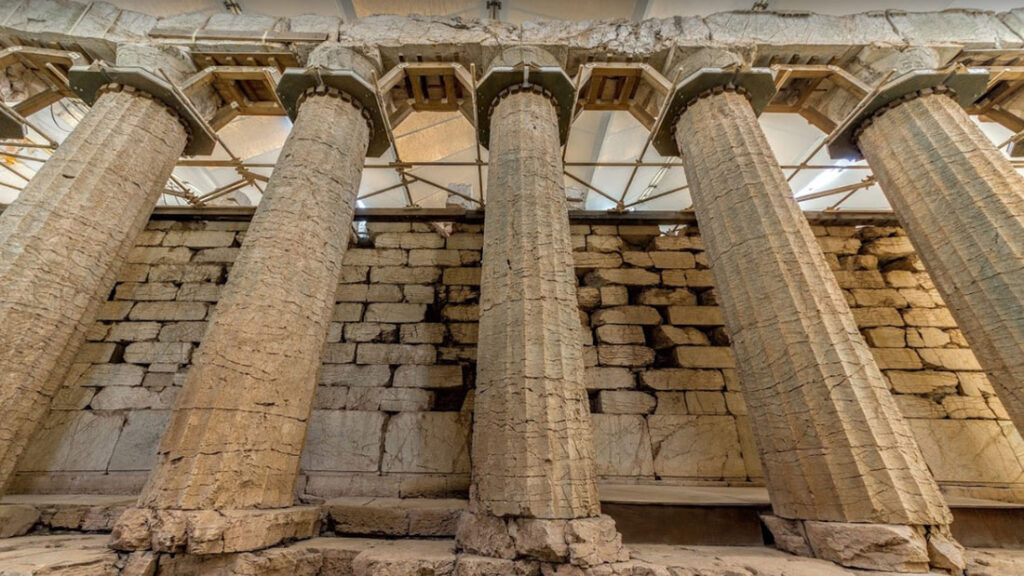
His History
The Temple of Apollo Epicurius is rightly nicknamed the “Parthenon of the Peloponnese”.
It was built in the second half of the 5th century BC, probably by the famous architect of the Parthenon of the Acropolis, Iktinos.
It is unique for a temple of antiquity in its combination of the three styles, Doric, Ionic and Corinthian.
With the external colonnade belonging to a very strict Doric.
It was dedicated to the god Apollo with the nickname Epicurius because he helped – aided – and saved the Phigaleans from the plague epidemic during the Peloponnesian War and enabled them to take back their land from the Spartans.
Its frieze was unique and, contrary to tradition, did not surround the temple externally, but decorated its interior.
A section of the frieze with Centaurs and Amazons found in the 19th-century excavation is in the British Museum in London.
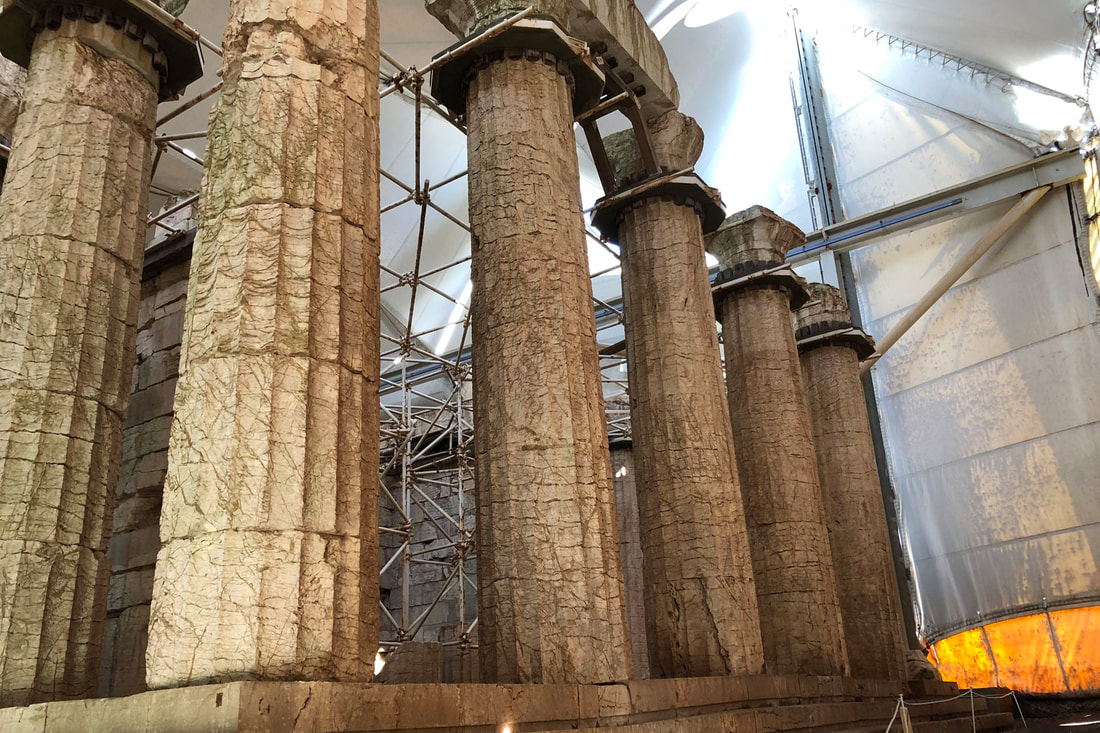
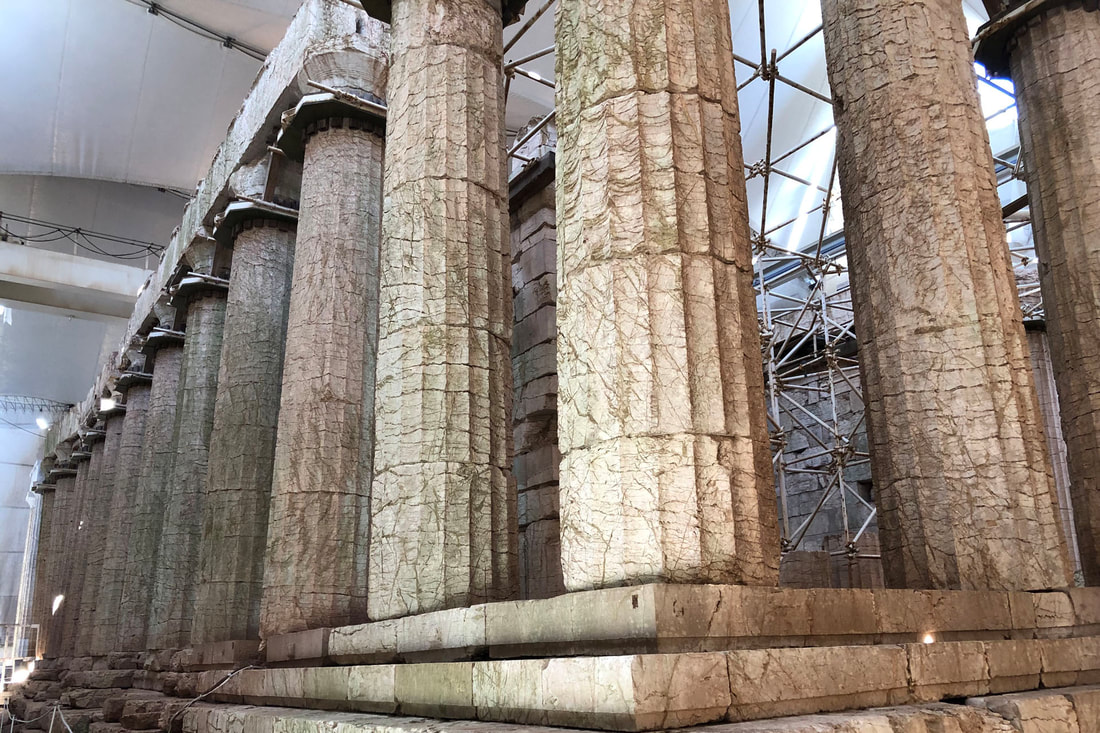
The construction of the temple
The loose soil, the extreme weather conditions on the mountain, and the limestone material from which the temple is built, necessitated a roof covering.
The roof was built in 1987 and is scheduled to be removed when the maintenance is complete.
Another peculiarity is the fact that the Temple of Apollo Epicurius is oriented from north to south. Unlike the other temples of its time, for reasons that are not yet clear.
The rumors, again, that the temple rotates on its axis every year for about 50 seconds of fate in order to track Sirius.
The star of Cynos, from which Apollo was descended according to mythology, do not correspond to reality.
Fantastic stories, but still you think… you say?
The feelings are strange, they cannot be described.
You have to live it, to feel the grandeur up close.
To feel the magnetization of the image of touching its columns!!!
To feel the power of light, the brilliant light of Apollo.
Follow us and Subscribe at Tastelocalgreece on YouTube and discover all our excursions}
Watch the video we made for you to get a more complete view of this wonderful monument, still unknown to many.
The farewell
I sit in the corner, on a fallen part of the temple, dazed.
The Temple of Apollo Epicurius stands before me, imposing!
This image between reality and dream, for quite some time.
I then wander around it and realize that it is in amazing condition!
After millennia of life in extreme weather conditions.
I go outside into the surrounding area, which is full of ancient pieces from the excavations…
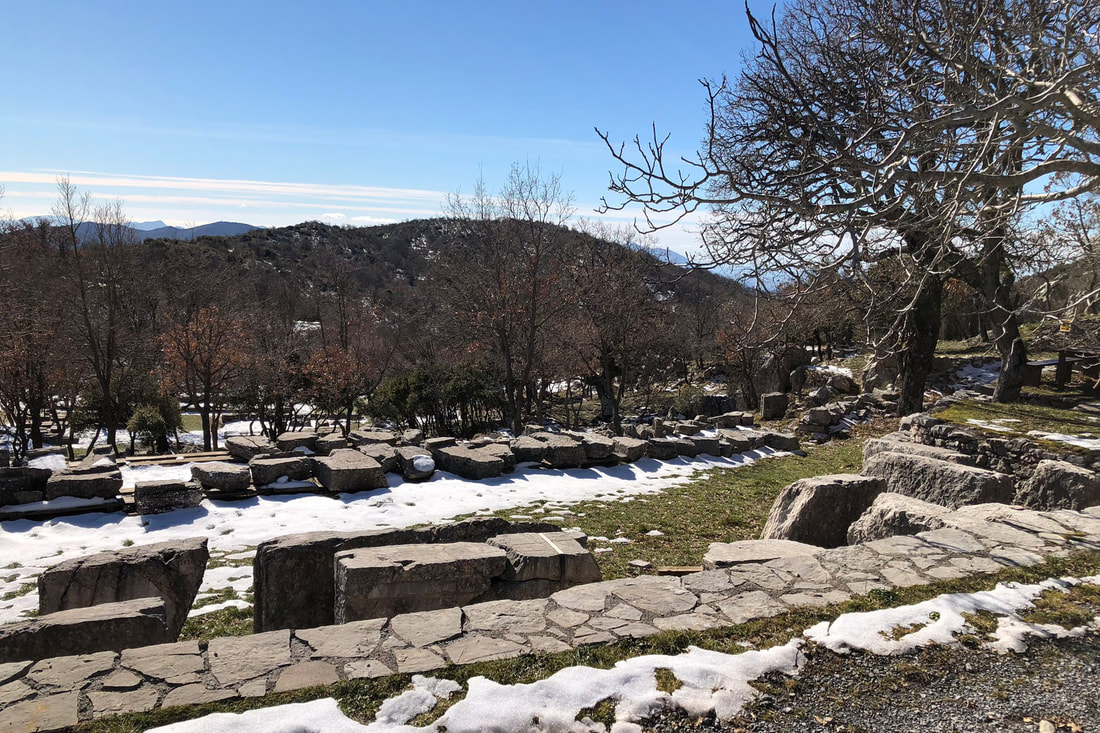
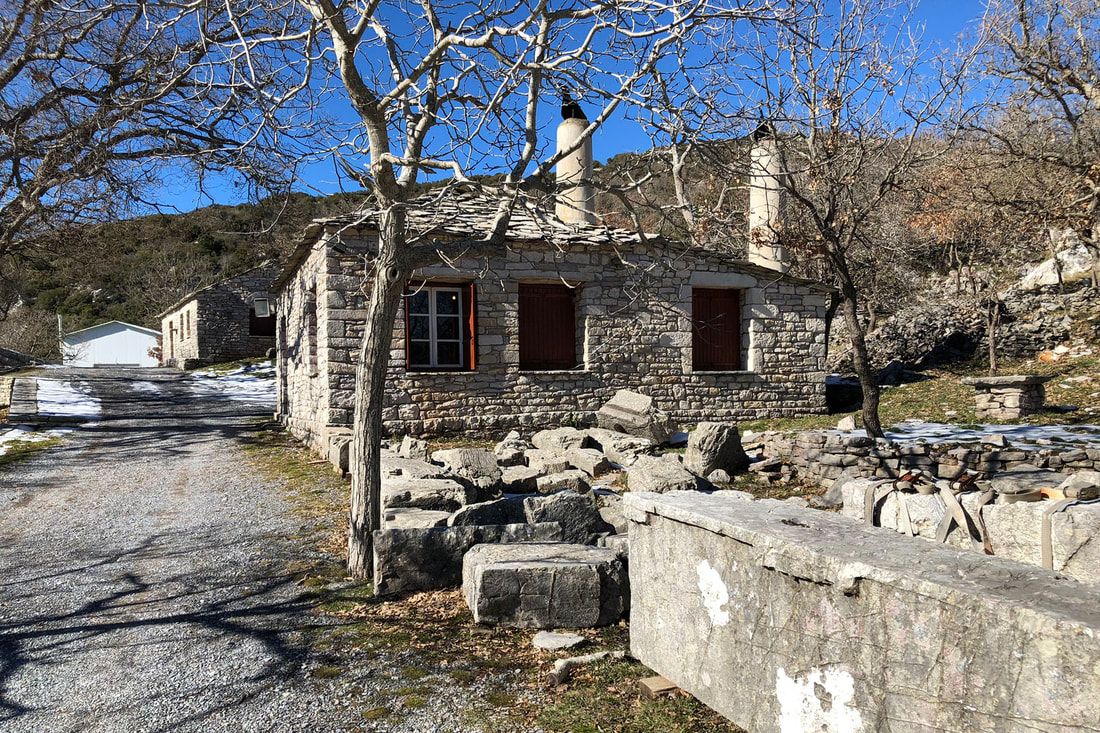

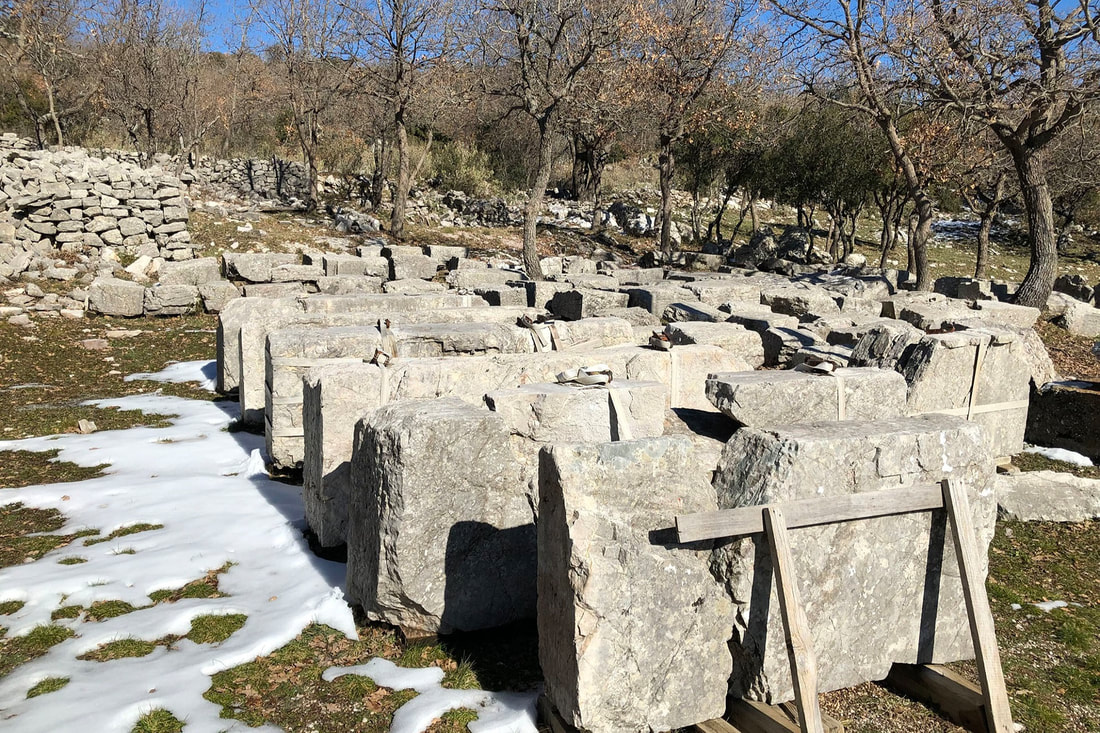
A voice is heard from afar, “sir, we’re closing, it’ll be dark soon, come on…”.
Ήμουν εκεί έξι ώρες και αισθανόμουν σαν να είχα φτάσει μόλις!
I was there for six hours and felt like I had just arrived!
The descent was easy, but the adventure at the Neda waterfalls was postponed until the next day because we were quite late.
The trip to the waterfalls will be combined with a visit to the Tholot Mycenaean tombs in Peristeria.
The Mycenae of the Western Peloponnese.
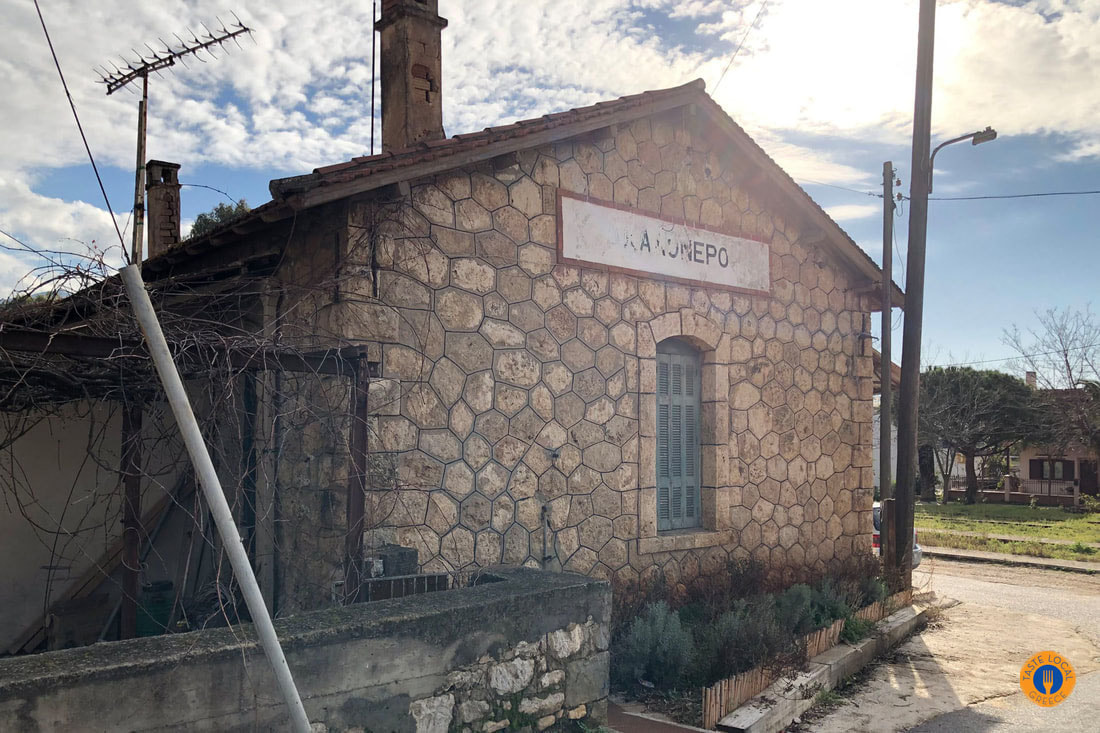
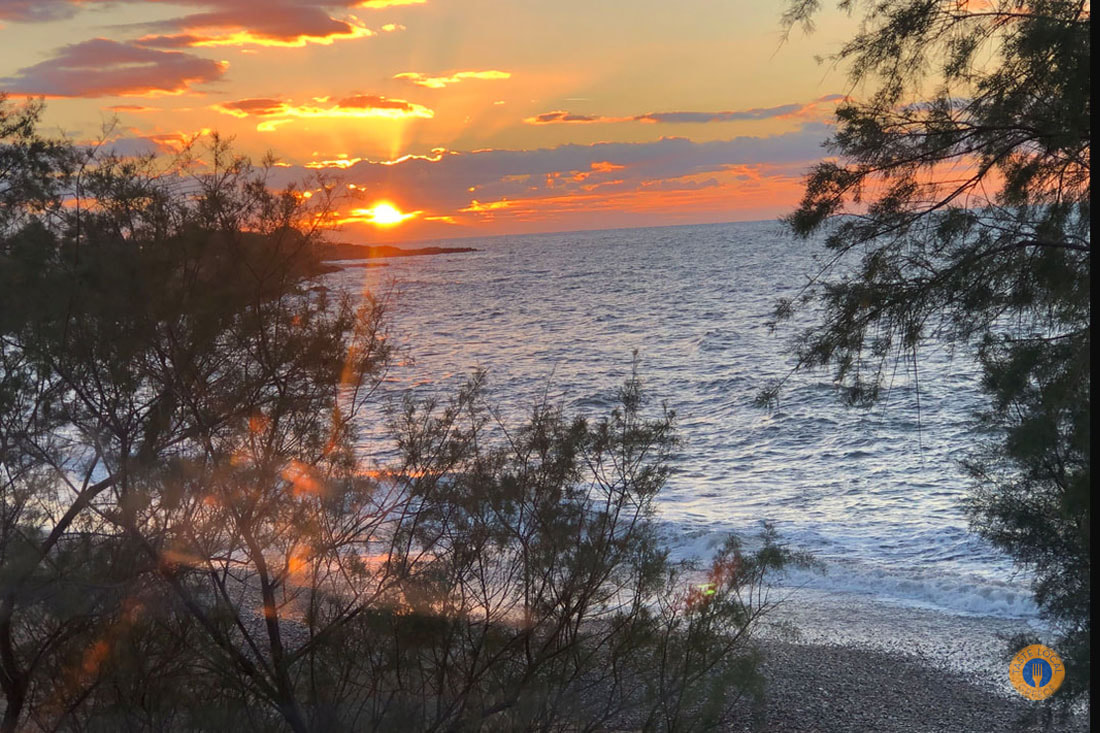
Arriving at Kalo Nero I stopped at the old train station.
Remnants of another era, for a tsipouro, and to calm my mind while gazing at the sea.
The sun was slowly setting on the Ionian Sea and greeting me.
With calmness and warmth, it gave me the familiar appointment of the next day…
Practical Information for Travelers
How to Get There.
From Kyparissia & the Ionian Coast: Drive north towards Kalo Nero and then turn right at Tholo towards Nea Figaleia. The road winds through the mountains but offers beautiful views.
From Arcadia (Andritsaina): A scenic mountain drive takes you directly to the site.
The temple is well-signposted once you reach the area of Bassae.
Opening Hours & Tickets
The site is managed by the Hellenic Ministry of Culture. Typical opening hours are 08:00 – 20:00 in summer and shorter in winter (check before visiting).
Entrance fee: usually around €6, with reduced tickets for students and free entry on certain national holidays.
Best Time to Visit
Spring and autumn are ideal: cooler weather, blooming landscapes, and fewer visitors.
In summer, mornings and late afternoons are recommended to avoid the heat.
During winter, the site is often covered with mist, giving it a mystical aura.
What to Bring
Comfortable walking shoes (the terrain is uneven).
A jacket, even in summer — the altitude (1,130 m) means cooler temperatures.
Water and snacks, as there are no facilities directly at the site.
Nearby Attractions
Andritsaina Village: Traditional stone-built houses, a charming square, and one of the oldest libraries in Greece.
Neda Waterfalls: A magical natural wonder — a hike through lush vegetation leads to crystal-clear waterfalls.
Nea Figaleia: A picturesque town where you can enjoy authentic Peloponnesian food.
Insider Tip
If you’re lucky, visit during a full moon night event occasionally organized by the local municipality. Music, history, and moonlight transform the temple into an unforgettable stage of living heritage.
Text and Photos by GiorgioGrigor

